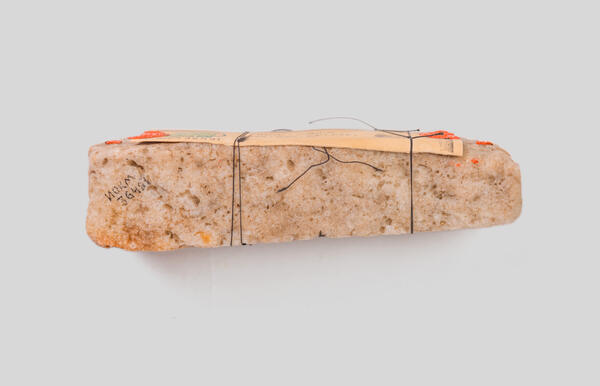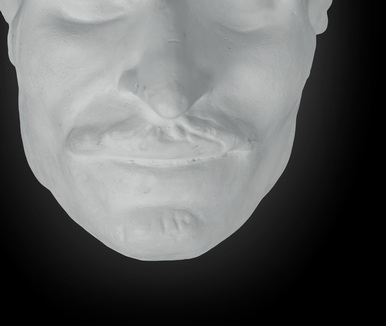The museum presents early types of money from the collection of Dmitry Gennadievich Burylin, which can be rarely found in collections of provincial museums.
In the olden times, a need arose for a special commodity — money, which would serve as a universal equivalent in exchange. At different times throughout the globe, various objects and materials played the role of such a commodity. At first, it was something that could be either used around the household or spent, for example, livestock, arrowheads, iron knives, or hoe blades. In Ethiopia, bars of salt were used instead of money, because in ancient times salt was a precious commodity, transported to the depths of Tropical Africa from the Sahara Desert or the coast of the Horn of Africa.
The exhibit is a salt bar, which was used in Africa as a means of payment. In the eastern region of one of the plains in Ethiopia (Abyssinia), salt deposits were chipped in rectangular bars 5 centimeters thick and 30 centimeters long, weighing 750 grams. 48 such bars were called “amole”, and their value was equal to one Maria Theresa thaler. The largest salt trading place was in Sokoto, to the west of Lake Hashenge. The smaller number of salt deposits and the salt trade often played an important role in such salt-poor territories as Northern Sudan, areas to the west of Lake Victoria and others.
A salt bar from the museum’s collection is wrapped
in pieces of cardboard and tied with black threads. One of the cardboard pieces
(with an inscription “From the collection of S.E. Sason”) is signed by Dmitry Burylin
as “Abyssinian currency unit of ¼ thaler”, and below is another inscription in cramped
handwriting — “donated for the museum”. The other cardboard piece features a
stamp with the date: 1893–94, signed at the top — “Somaliland Protectorate”,
next to it is an inscription in Burylin’s hand: “Abyssinian mark”. Both pieces
are fixed with a red wax seal of the Dmitry Burylin Partnership of
Ivanovo-Voznesensk Manufactories. On the side of the third piece, folded twice,
there is a two-line inscription in the Amharic (Ethiopian) language and a stamp
with the image of Menelik II, Emperor of Ethiopia from 1889 to 1913. The sides
of this carton also have the same red wax seals, which have been partially
preserved.



